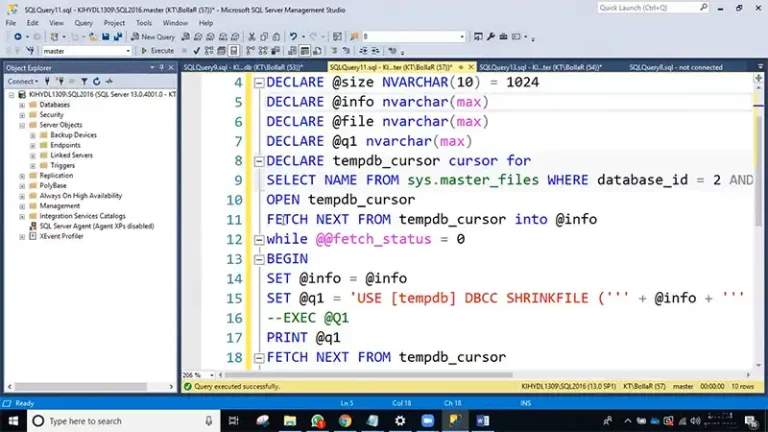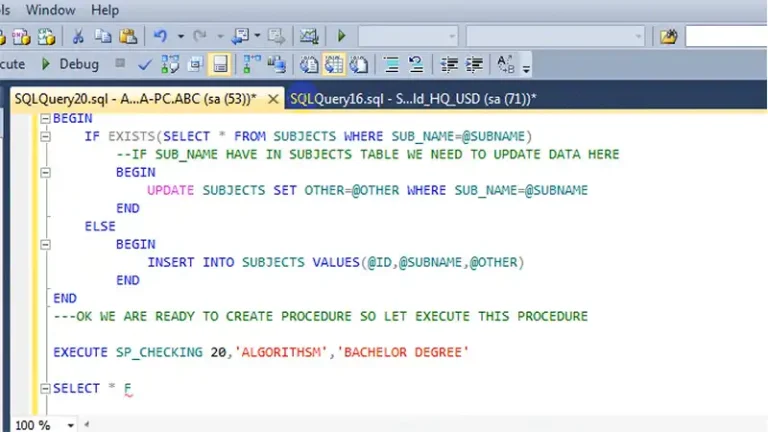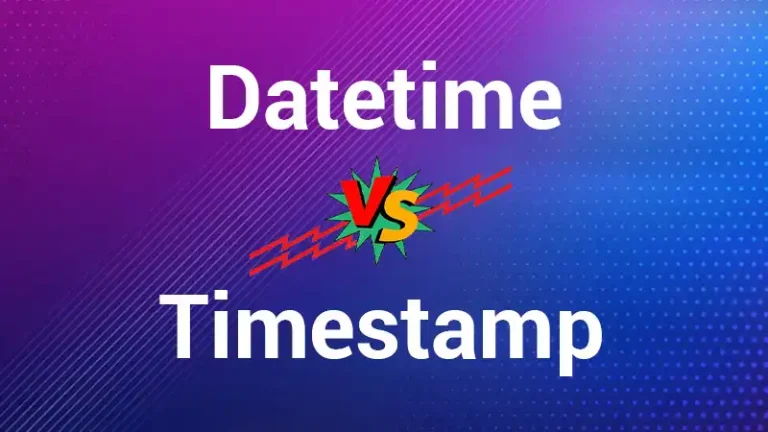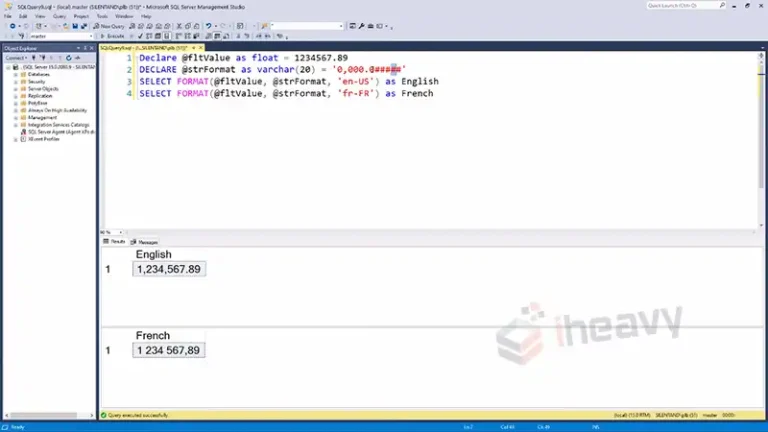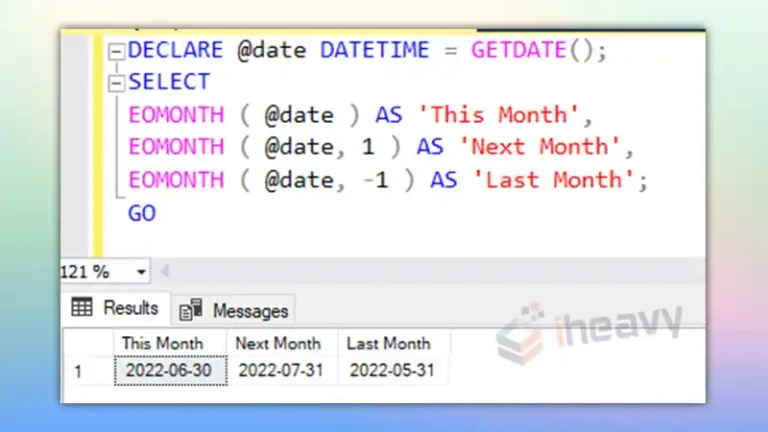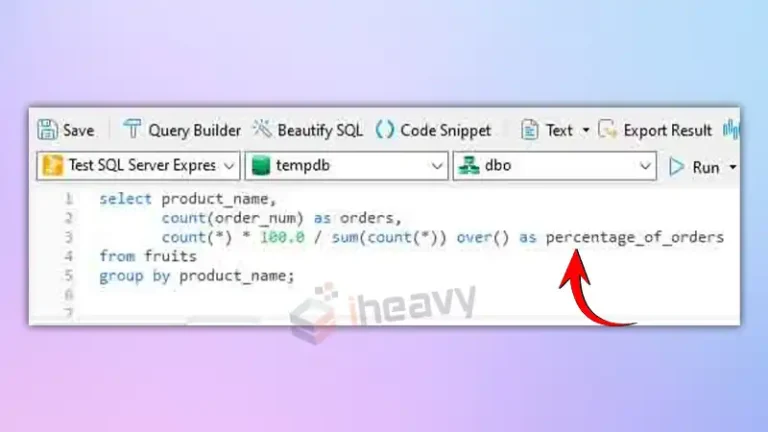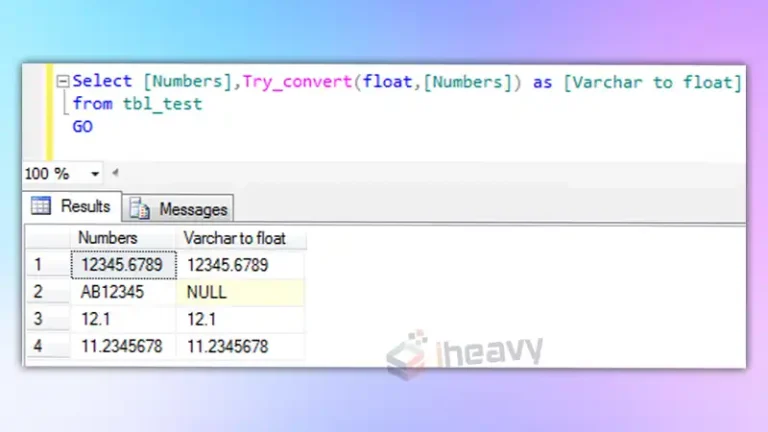Addressing TempDB Full Issues in SQL Server | A Comprehensive Guide
Encountering a full TempDB in SQL Server can be a challenging issue for database administrators, potentially leading to performance degradation and disruptions in database operations. TempDB serves as a temporary workspace for storing temporary objects, sorting data, and managing internal operations in SQL Server. When TempDB becomes full, it can impact the overall performance of…

